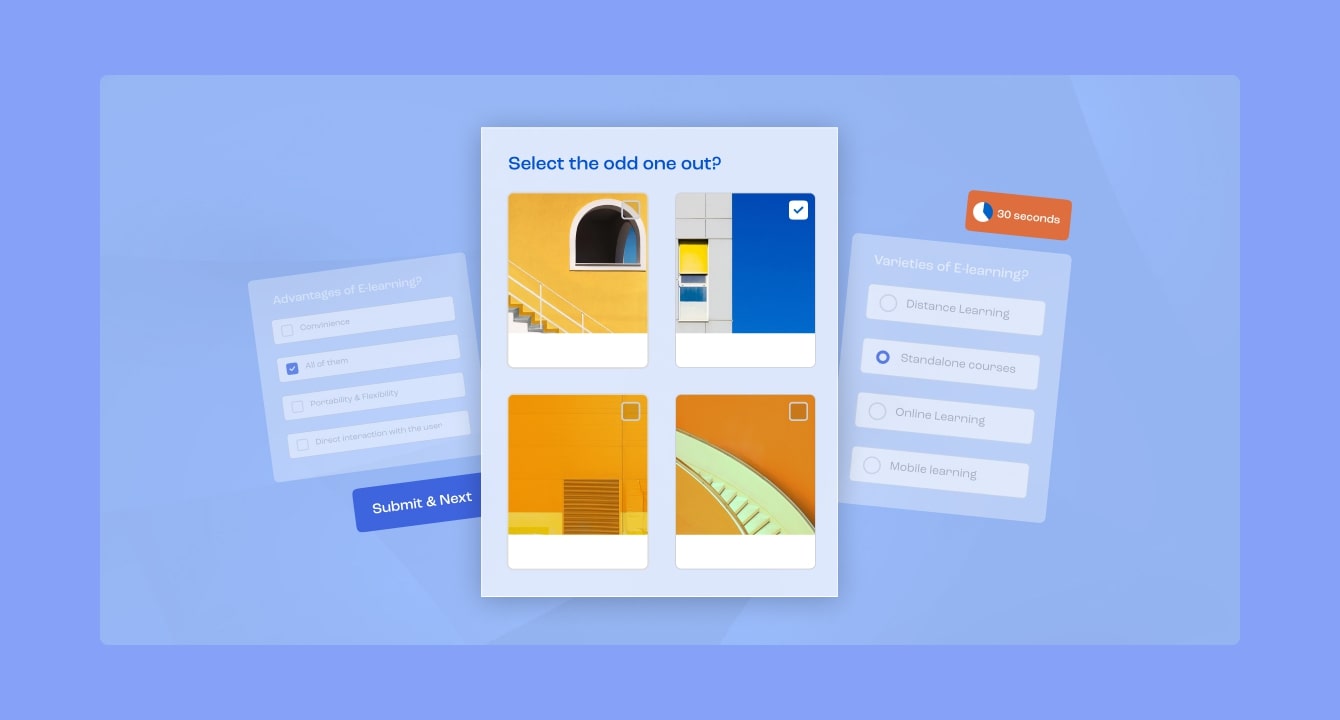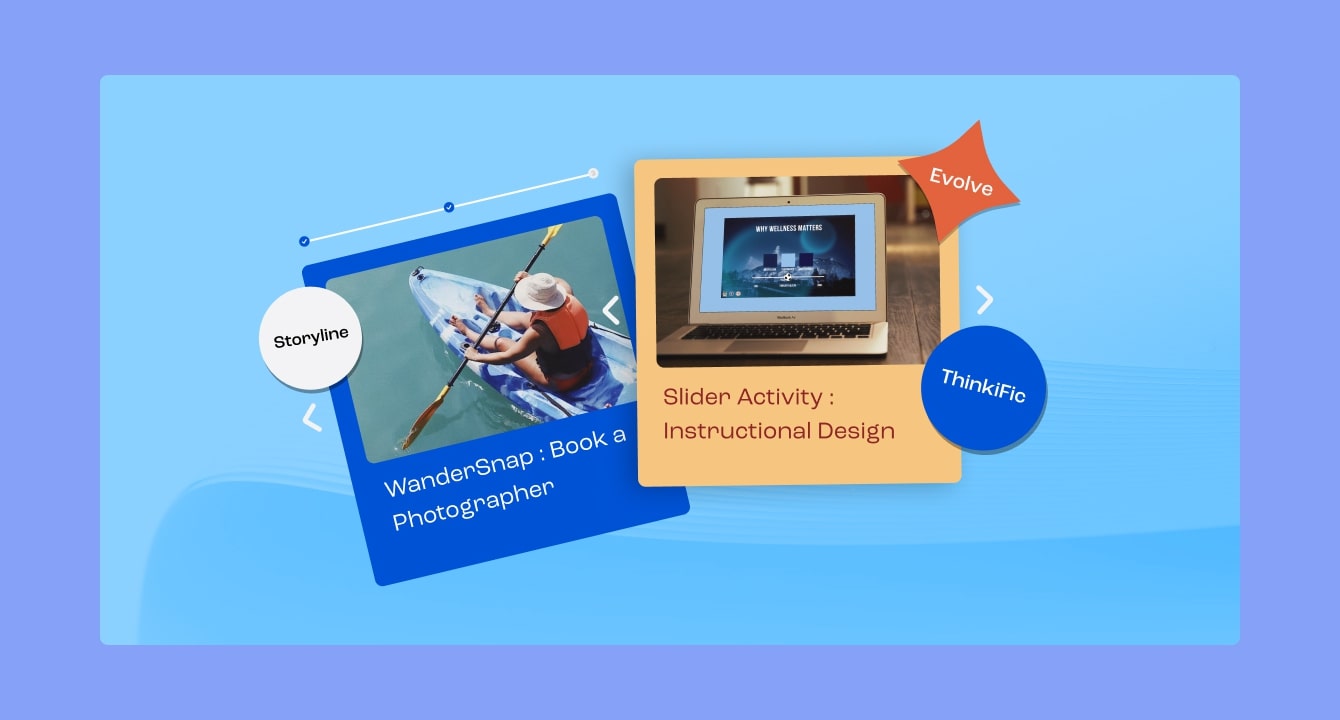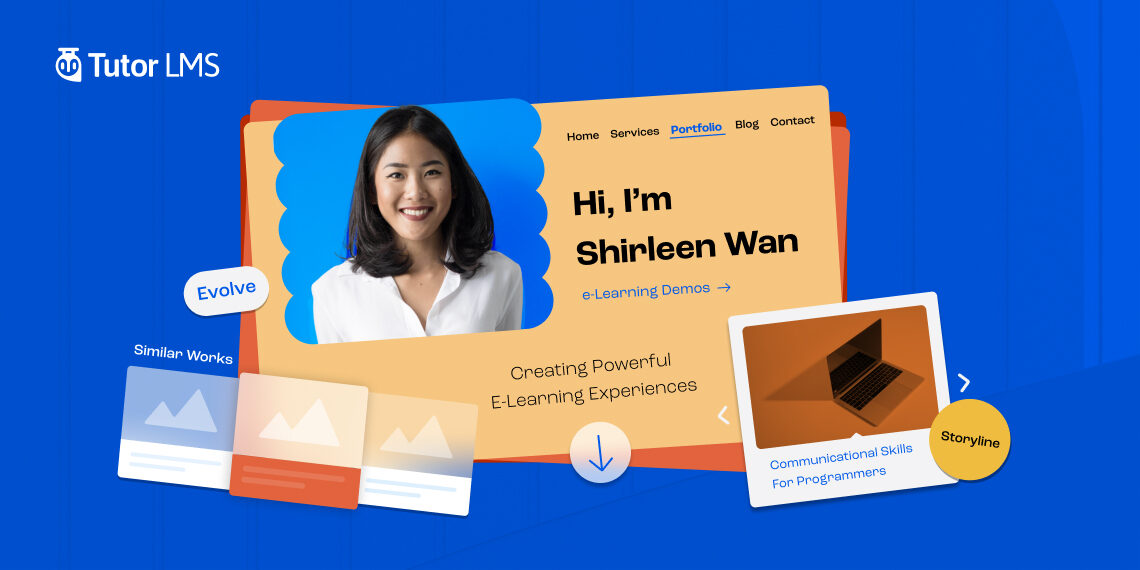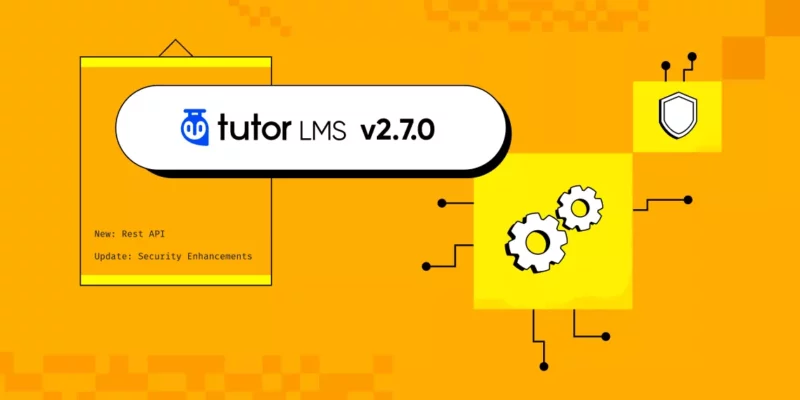It is essential for an eLearning instructor to have a public portfolio. Your career can be changed by a portfolio. It can help you get the best possible deal, give you the confidence to advance your career, and inspire others. It doesn’t have to take a lot of “labor” or money to put together a fantastic portfolio.
A portfolio represents your expertise and skills. Unlike traditional learning methods, e-learning does not specify a specific location, period of time, or other requirements. You may save all of your e-learning materials in one LMS.
In today’s article, we will go over the reasons you should have an eLearning portfolio and how it will benefit your eLearning business. We will also discuss some tips to grow your portfolio to best reflect your skills and eLearning experience. So with that let’s dive in.
Tips for the Trade
What are some tips and tricks to enhance your eLearning portfolio? In short, you need:
- Define your goals first
- Examples to highlight your many talents
- Snippet explanations for the examples
- To get visual with your content
- Let your personality show
- To get feedback on your work
- To sell yourself
1. Defining Your eLearning Goals and Target Audience First
Begin your portfolio journey by setting clear eLearning goals and identifying your target audience. Understanding your objectives and who you want to reach is foundational. This knowledge will shape the content and design of your portfolio, ensuring that it resonates with your intended learners.
2. Examples to Highlight Your Many Talents

Examples from a wide range of fields should be included in your eLearning Portfolio to demonstrate your expertise. The important components that you’ll undoubtedly want to address include instructional design, eLearning design, eLearning development, and LMS software competence.
If you believe that your portfolio is already heavily weighted toward instructional design, for instance, you might wish to add eLearning storyboards or eLearning modules that were based on a particular eLearning authoring platform.
We have a handy blog on how to create a storyboard for eLearning if you want to go more in-depth on that.
Putting together a list of all of your prior work samples is a fantastic place to start when building your portfolio for eLearning freelancing. After that, evaluate each one to see how it could improve your online eLearning portfolio.
Pick the eLearning projects that really stand out if you discover that you have several that have comparable qualifications or experience, like those that were founded upon the same aims or learning behaviors.
3. Using Tutor LMS to Showcase the Portfolio
Leverage the power of Tutor LMS to effortlessly showcase your eLearning portfolio. This robust platform provides you with the tools and flexibility to create a visually appealing and user-friendly portfolio that highlights your courses, achievements, and teaching style.
4. Keeping the Portfolios Up-to-Date
Your eLearning portfolio is a living document that should evolve as your skills and experience grow. Regularly update it to reflect your latest courses, certifications, and accomplishments. An up-to-date portfolio demonstrates your commitment to continuous learning and improvement.
5. Snippet Explanations for the Examples
You should go into further detail about every case study, eLearning project, and course that you have included in your eLearning portfolio. Discuss your eLearning design and development strategy and how you met a client’s goal or resolved a challenge. Were there any unique circumstances that might have enhanced the impact of this professional accomplishment?
Not every case in your portfolio has to be based on a real-world situation or a client. NDAs (Non-Disclosure Agreements) are among the toughest obstacles an eLearning developer must overcome. Therefore, a significant portion of your work cannot be revealed.
Make brief demonstrations of video, e-learning, designs, and other media to include in your portfolio. They don’t have to be elaborate undertakings; just something to demonstrate how your skills have developed would do. Snippets will enable you to share content.
6. Get Visual With Your Content

We are able to comprehend images the moment we are born. Our capacity to comprehend speech, much alone text, however, takes a longer time to develop. This is due to the fact that 90% of the information we provide our brains is visual. Did you know that text is processed by the human brain 60,000 times slower than images? So use the science to influence your portfolio viewers.
Include multimedia components in your eLearning portfolio creation, like podcasts and videos. Clients and employers prefer to see examples of a variety of developing or well-liked eLearning technologies. This shows that you are prepared and eager to be at the forefront of eLearning design and development.
Your potential clients or employers can see from your eLearning portfolio that you not only understand how to use eLearning software but also how to use such eLearning tools to accomplish performance or learning objectives.
7. Optimizing the Portfolio for SEO
Ensure that your eLearning portfolio is easily discoverable by optimizing it for search engines (SEO). Implement relevant keywords, meta descriptions, and alt tags for images. This will help potential students find your portfolio when searching for relevant courses or expertise.
8. Showcasing Existing Portfolios Within the Courses
Integrate your existing portfolios within your courses to provide real-world examples and inspiration to your learners. This not only enhances their learning experience but also serves as a powerful marketing tool, showcasing your expertise within the context of your teaching.
9. Let Your Personality Flourish
Your portfolio is who you are, and it provides you with a chance to shine. Branding and voice tone are two ways to reveal a little bit of your personality. Employ animated gifs, vivid colors, and emoji in your blog. Attempt to convey your type of unique, entertaining sense of style through your portfolio.
10. Get Feedback

It can be very difficult to provide and receive feedback, but when it is put to use, it can help us advance professionally. The best way to get feedback on your methods is from your existing or past students.
Test your students and receive feedback on the type of lesson material you are challenging them with. Quizzes and assignments can be a great way to ask students for feedback on their experience with your course. This feedback can be showcased in your portfolio to highlight your achievements with past examples. Check out our article on how to inspire students to review your course.
Once a rough structure of your portfolio is set up, request feedback from peers and friends. Reach out to people in the field who you look up to and ask them what they would change and if they thought of anything that you had missed that future employers would be looking for. Be receptive to criticism and modify your portfolio in light of it.
11. Sell Yourself
Promote your work. Your biggest critic is you. Even if you are a novice in the subject, people enjoy seeing what someone else is working on. Your chances of getting the job of your dreams grow the more information you post on LinkedIn, Twitter, at seminars, and elsewhere. Sharing your work also motivates you to continue developing your talents and inspires others to do the same.
How to Boost Your Elearning Experience?
Now with all the tips and tricks, you might be wondering well where or how can I really take the experience I have? For that, you need to utilize adept LMS software. Something that would give you the freedom to cross your boundaries and curate the best courses out there. What better way to go about it than our very own Tutor LMS?
Tutor LMS comes packed with top-of-the-line features a great LMS must have to enhance instructors. With a powerful drag-and-drop course builder, your eLearning business will take less time to set up so you can truly focus on perfecting course content. Integrated reviews and Q&A features will let you understand your student’s qualms and help them. The feedback students provide will further let you improve your structure and be in a constant state of improvement.
Wrapping Up
Well folks we are finally at the end. We hope the takeaway from this article was beneficial to you all to boost your eLearning. We want to empower our readers with the best possible tools to shine in their niche and make the LMS industry richer for everyone. So our best wishes to your eLearning business and godspeed to you all.



